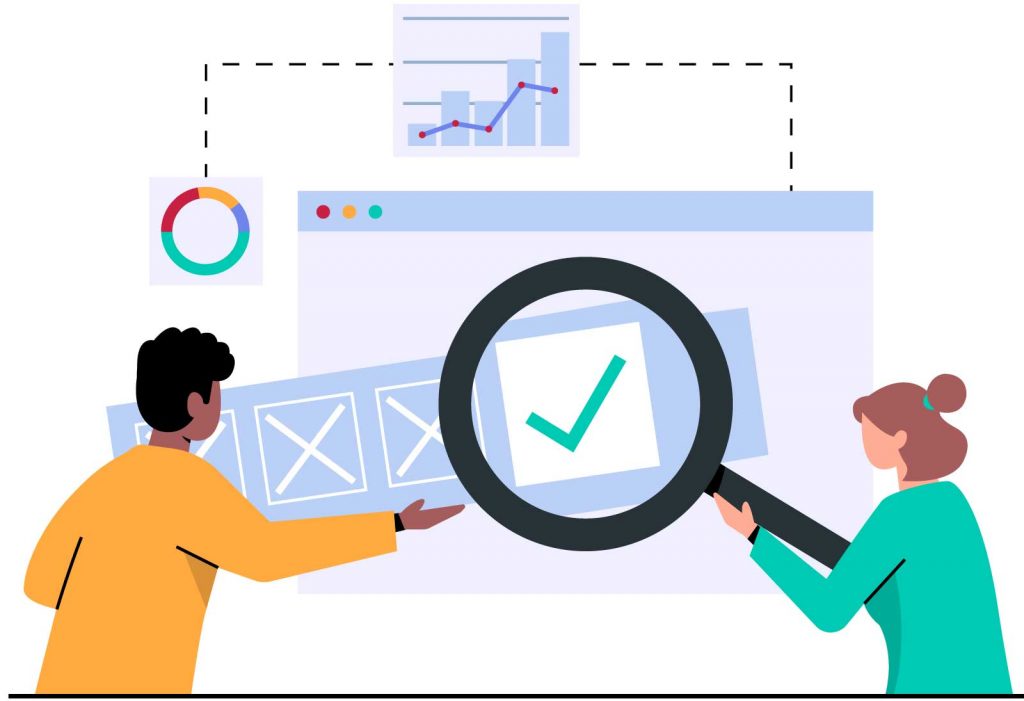Read in conjunction with our previous blog post ‘Monitoring vs Observability‘.
While data reliability assesses the fitness of purpose of the data for its intended use, data quality brings the measures to do the assessment. With the changing nature of data sets and the modernization of the data infrastructure (modern data stack), data reliability and data quality need to address data anomaly as a first-class citizen.
Traditionally, most anomaly detection algorithms are designed for static datasets. The same anomaly detection algorithms are difficult to apply in non-stationary environments, where the underlying data distributions change constantly. Here lie the significant challenges in detecting anomalies in evolving datasets.
Unravelling the mystery of data anomalies
Data anomalies, by definition, are data points that differ from the distribution of the majority of data points. They are also known as rare events, abnormalities, deviants, or outliers. In a static dataset, all of the object observations are available, and anomalies are detected across the entire dataset. In contrast, in dynamic data streams, not all observations may be available at the same time, and the instances may arrive in random order.

Dealing with anomalies in the data
The crucial role that data reliability, data quality monitoring, and data anomalies serve really stems from intelligence – this is really an intelligence problem rather than a technique. For example, A Data Lake is a shared multi-tenant resource. And this is currently accentuated by companies bringing in traditional Application Performance Management (APM) tools for the data ecosystem and rebranding them as data observability tools where the real “intelligence” is with the administrators.
The role of these administrators, however, has changed over time in this new world of distributed systems:
- A Data Lake is a shared multi-tenant resource for the entire organization.
- The same Data Lake compute infrastructure powers various use cases such as Business Intelligence, Data Science, ETLs, and Data Warehousing.
- Data lakes are spread over several machines, networked, and the location of such servers are not always local.
- The more computing is distributed, the more expensive is the integration due to data movement (referred to as shuffle).
- Uniformity of hardware is a great step but is never a guarantee.
The data anomalies lead to poor data quality and data reliability
In short, the new sources of data vary in nature. JMX logs from compute nodes, service logs from access engines like Spark and Hive, underlying system logs generated from Data and Compute nodes, and logs generated at end-user systems are just a few examples.
Data Reliability vs Poor Data Quality vs Data Anomaly
But the question is: How does the administrators track and solve the data anomalies that lead to poor data quality and data reliability? A problem’s root cause may be hidden in plain sight or visible at the final leaf node of a job’s execution. These issues cannot be easily solved by adding more metrics to a Grafana dashboard without a system administrator who is completely aware of all system components.

Unfortunately, the explosion of options in every field of work – storage, access, and ingestion technologies – creates new and unanticipated challenges every day.
At Qualdo, we believe we need to cut through the complexity of Big Data and derive actionable insights to allow uninterrupted operations. Qualdo’s approach is unique and has three basic principles:
- Source and stream signals from all layers, filter noise, and retain data for historical trending and analysis
- Identify insights, patterns, and over operational data, apply heuristics and machine learning algorithms
- Enable administrators and users visually by displaying extensible insights instead of logs
While many solutions claim to do one and two above, Qualdo’s focus and differentiation come from enabling users to implement better and more efficient Data Reliability and Model Monitoring in terms of anomaly detection.
APM for distributed systems has to be native, especially for the Modern Data Stack and we are rethinking and building it through Qualdo. Qualdo can deliver far superior results than the tools currently out in the market. We don’t treat the operational metrics as data points but as converted insights that consider the current and past performance of the systems they are responsible for.
To know more about Qualdo, sign-up here for a free trial.



